It’s been said that the 19th century was the chemistry century with the development of new sources of energy from coal and oil, new techniques for industrial scale production of metals and other materials as well as the discovery of new explosives like nitro-glycerin and dynamite. The 20th century has been called the physics century because of advances in electronics and nuclear science, radio, X-rays and magnetic resonance imaging.

The 21st century is expected to be the biology century and it’s off to a good start with both rapid DNA sequencing and CRISPR gene editing. One achievement that has been predicted to happen in the next few years is the building of a completely artificial life form and recent developments have taken a large step in making that prediction come true.
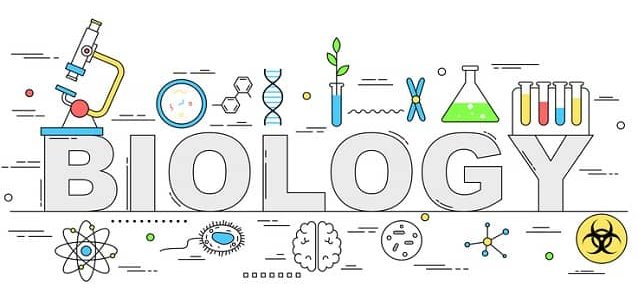
The work began in 2016 at the J. Craig Venter Institute in San Diego, California where a team of biochemists led by Craig Venter succeeded in taking cells of the simple bacteria Mycoplasma and completely removing the cell’s genome. The researchers then inserted an artificially constructed DNA strand into the bacteria that contained only the 473 key genes that they felt were necessary for life. As a comparison the well-known bacteria Escherichia coli has about 4,000 genes.
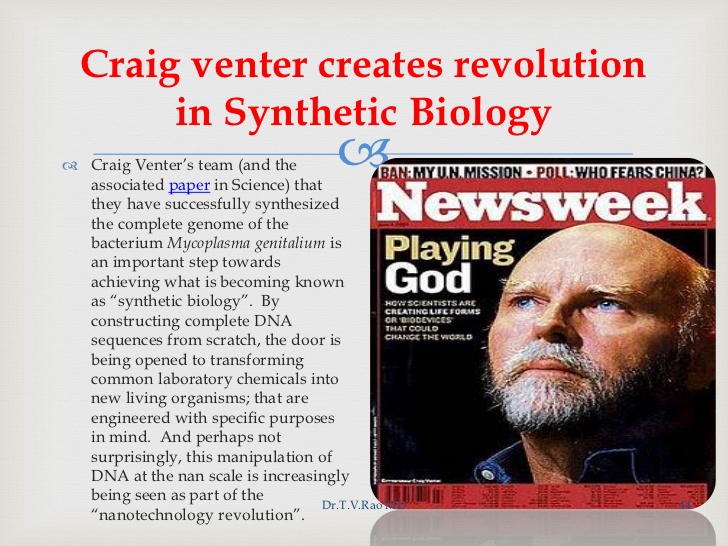
The resulting part natural – part artificial, ‘minimum cell’ was designated JCVI-syn3.0 and when the cells were placed in a petri dish with the proper nutrients the bacteria not only survived but grew and multiplied, forming colonies that appeared like any natural kind of bacteria. This result was heralded for giving scientists a clue as to what the earliest, and therefore simplest forms of life may have looked like. At the same time it was hoped that JCVI-syn3.0 could serve as a basic platform for the development of other cells that could be designed to manufacture valuable biochemical substances like insulin or penicillin or some as yet unknown drug.

Upon closer inspection however the daughter cells produced by the original JCVI-syn3.0 cells were malformed and of varying sizes. Something was wrong with the way the cell walls were splitting during reproduction. The colonies of bacteria may have looked fine but microscopically there was a problem.
At this point the Cellular Engineering Group at the National Institute of Standards and Technology (NIST) began investigating JCVI-syn3.0 under the leadership of Elizabeth Strychalski. The NIST team reinserted genes, one at a time back into the synthetic organism until the bacteria was producing daughter cells both looked and behaved more like the parent cell. In the end they found that 492 genes were required for a true ‘minimal cell’ which they have christened JCVI-syn3A.
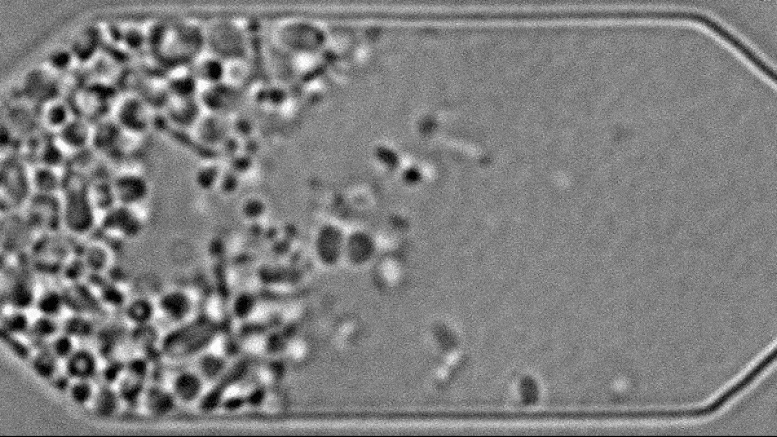
This is itself a tremendous breakthrough; scientists have now determined the fewest number of genes, the smallest amount of inherited information that is needed in order for a living organism to exist and reproduce. Those scientists who are studying the processes by which the primordial soup in the early Earth became alive now have a goal to work towards. If they can figure out how something like JCVI-syn3A came into being then they will have succeeded in explaining how life began on Earth.
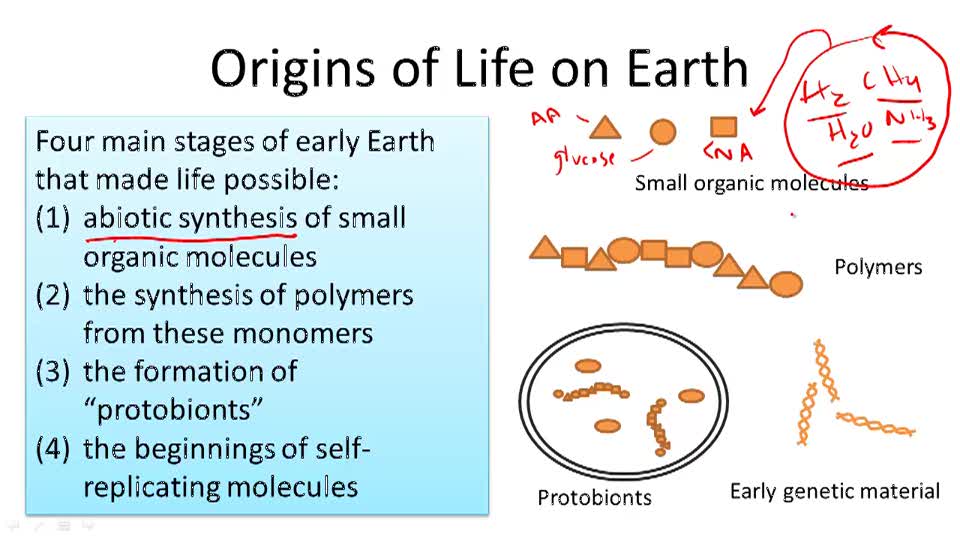
At the same time those researchers who are looking into using microorganisms in large scale manufacturing of drugs or other complex biochemicals now have a test bed to employ in their research. By inserting only those genes into JCVI-syn3A that are needed to enable the organism to produce the desired drug the scientists will possess a bacteria whose only function other than reproduction is to manufacture the chemical we have designed it for.
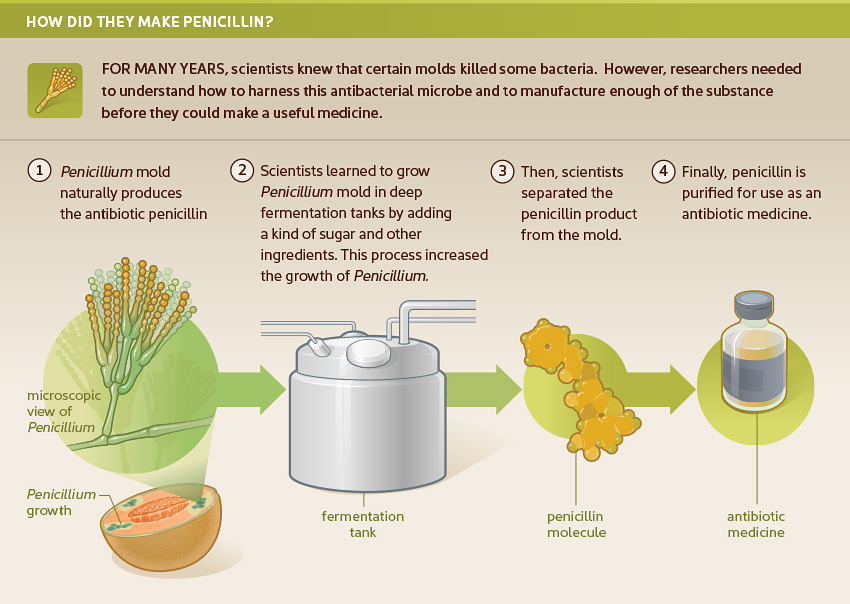
Now it is true that JCVI-syn3A may not be a totally artificial life form but it is certainly a big step in that direction, and remember the ‘Biology Century’ is only one fifth completed. Who knows what kind of discoveries biologists and biochemists will be making in the next eighty years!
